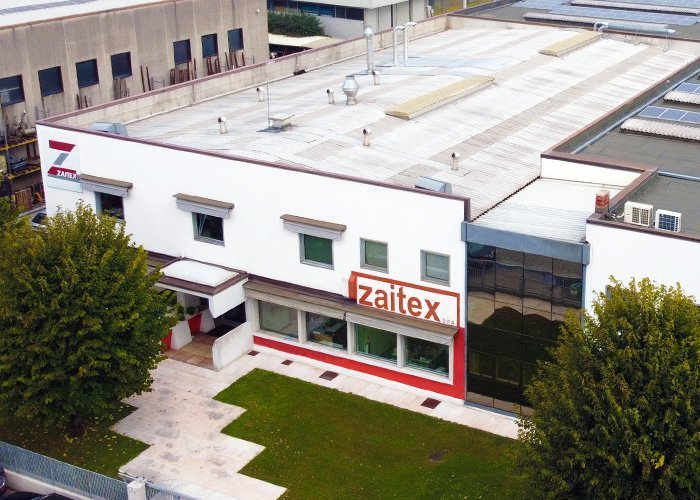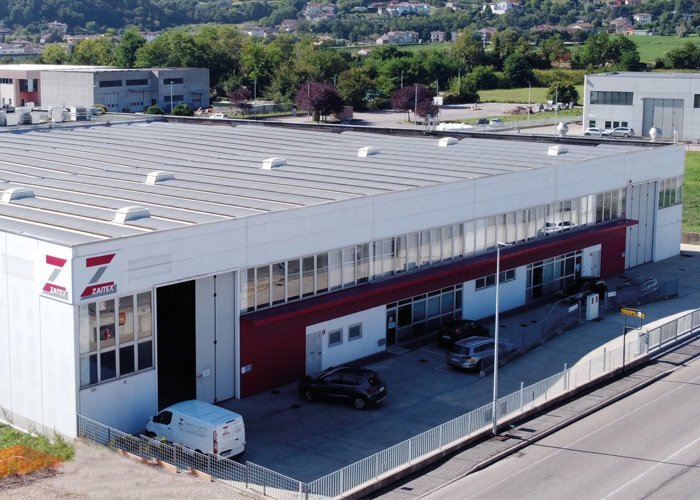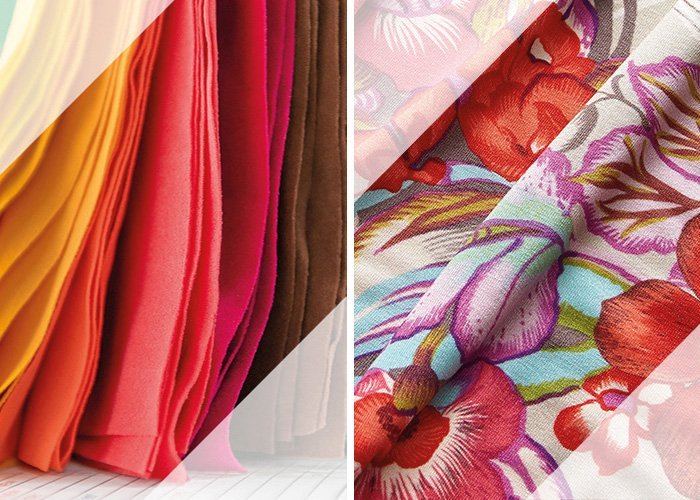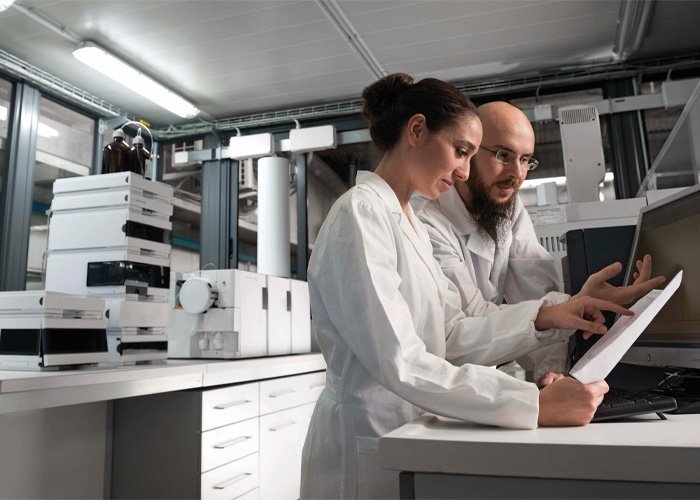
ZAITEX, boasting four offices located in Northern and Central Italy, has been marketing dyes and auxiliaries for the fashion and tanning sector for 46 years. The challenge of internationalization: accepted
The choice of having four offices in Italy reflects the company’s strategy based on being close to its customers in order to interact efficiently and very rapidly. Each department deal with distinct sectors: the offices based in Montorso (Vicenza province) and Santa Croce (Pisa province) focus on the leather sector of the respective districts, while those of Dueville (Vicenza province) and Villa Guardia (Como province) are addressed to the textile industries and to meet special requests. Thanks to innovative processes in the textile sector, the company is now also renowned throughout Europe, Asia and Central America and is increasingly projected towards internationalization.

Marco Rossi, CEO Zaitex
“Our customers of the fashion supply chain and others – states the managing director Marco Rossi – drag us in the developing of aesthetic effects, ask us to solve technical problems and improve the color performance of their products. It is an unceasing and exciting challenge that puts us to the test from a technological, chemical and logistic point of view, but that also let us grow where, only few years, ago we thought it was impossible to. For us, the turning point has been the first decade of the 2000s; at that time the sector’s market was marked by closures, bankruptcies and an exasperated globalization. After working for thirty years focusing on the North-East, the company had to manage the very difficult challenge about relocating production: that’s why it started to spread-out, first in Italy, then in Europe and finally throughout the world.”

How difficult was it to face international markets? “At the beginning we didn’t think we could compete in China, India and Bangladesh, we had doubts about our competitiveness. As a matter of fact, ZAITEX boasts a very specific, advanced know-how, especially in some sectors; this has guaranteed us to get a commercial return from those countries, whose industries, in the meantime, had started to look for quality, innovation, technical service, problem solving beyond the mere cost of the raw material. Thanks to this added value, our internationalization process has begun and still goes on, also thanks to the partnership with exclusive agents and longterm customers: from East to Central America, to Europe. Another winning choice we made about ten years ago was to start working with leather and to give greater attention to special sectors such as inks.”

Which aspect has been essential for your growth? “ZAITEX has always aimed at guaranteeing quality, innovation and reliability to its customers. Over the years, the great competition that has characterized our sector has led the company to follow the increasingly demanding requests and to approach new fields such as tanning and inks: in these sectors, the expertise about color and innovation can be an important added value. Today, thanks to a technological competition advantage, the new tools for us and our customers to penetrate the markets is to ensure product variety and the optimization of the formulas, that must be designed to obtain high performance in the respect for the environment.”

Specifically, what choices did you make? “We have decided to always pay attention to those requests that challenge the technical status quo of our world, and in this context, we bet on innovative dyes, natural-origin dyes and processes able to guarantee excellent results. An example comes from the Santa Croce market: the fashion system’s demand to have sustainable, as natural as possible products has moved us towards these goals. We currently collaborate with Leather Kem, specialized in the leather sector; with them, we are improving this market with Atlas products and we’re also creating new items and new effects. Together we have designed and produced the metal free washable line and we are developing other projects such as the halogen-free fire retardants.”

Are the ingredients you use produced in Italy or abroad? “As far as synthetic dyes are concerned, the production of raw materials takes place mostly outside Europe, although there are still some European companies we collaborate with. The supply chain of natural or naturally derived dyes offers many more opportunities on site as the production supply chain can lay its base wherever an agricultural crop is possible. Moreover, the production yields are obviously low compared to industrial processes and raw material costs are much higher than the corresponding synthetic ones.”
Do you think the use of vegetable dyes is, at least in perspective, a winning move? “The use of these products is a very stimulating chance to rethink the whole supply chains, the product and the logic of consumerism, but it can only be successful where this logic is understood by the entire supply chain up to the final consumer. Consumerism pushes us to produce huge quantities of lowpriced products with a consumption of fossil, human and natural resources – we should seriously question about its consequences. Global warming, the exploitation of labor in poor countries and pollution are there for all to see. We have the responsibility towards the posterity to realize that in order to change our production process and consumption rates. The short supply chain of natural colors, the limitation of their availability, their sustainability are the basis for restoring real value to the product which has not been devalued because of overproduction, exploitation and pollution.”
Which innovative products are you focusing on for the future? “We have aforesaid about natural dyes, but there are many other innovations underway, both for dyes and for auxiliaries; we have worked hard to obtain high-performance items in the field of washable articles, for labels or clothing. We are currently producing a new black metal-free dye featuring excellent light fastness performances, higher than those of the metallized dyes, and almost perfect fastness to washing. Other very important researches are already underway, but for now we keep them locked up.”
How should this type of market be faced? “The performance of the dyes is always influenced by the substrate, by the processes it underwent previously and by the ones it will go through afterwards. The path of innovation must therefore be faced with a joint work of suppliers and customers: partnership and sharing of vision are essential. I’d say that it is an alternative cultural path that brings pressing challenges to everyone. When working within a supply chain, the best innovations do not produce any effect if they are not understood, embraced and treasured at all levels.”
Last question: what about your commitment to the environment? “In this context, we do have our own concept, as we’re also convinced that the reduction of the environmental impact guarantees a cost saving for the overall system. Regarding the product, we are considerably acknowledged, especially thanks to the REACH regulation that obliges companies to carry out ecological and toxicological analysis. We have recently become partners of the Bluesign system to guarantee an overall flow aimed at reducing environmental impact, not only within our factories but throughout the supply chain.”
www.zaitex.com
